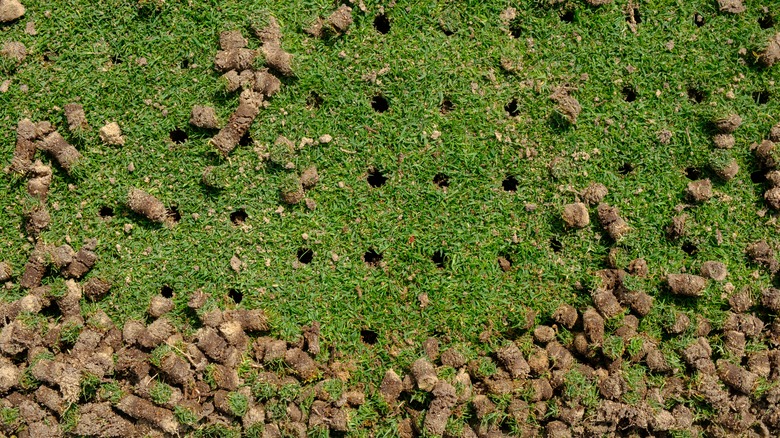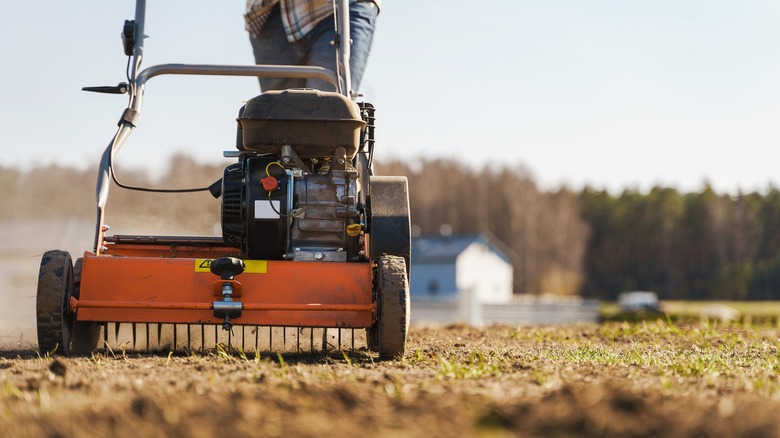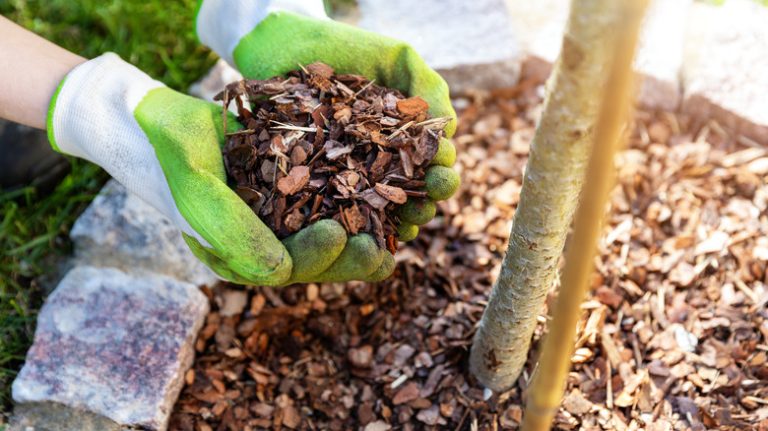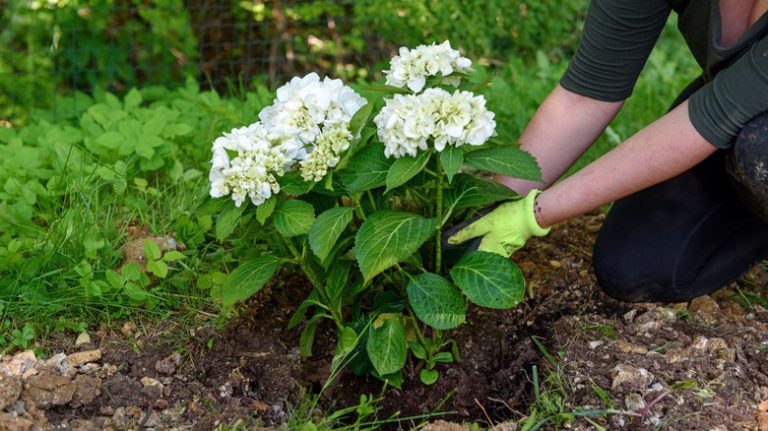If you’ve been struggling to maintain your lawn in good condition, but it isn’t growing at the speed you were hoping for, or it’s not getting rid of dry patches, aerating it before fertilizing can help. When your grass has compacted soil, it can be difficult for it to grow long, strong roots. Aeration fills the ground with air and loosens tight spaces by removing core soils so that the fertilizer can travel through every crevice, which will help the roots grow deeper into the ground. In addition, the water will be able to reach the deepest parts of the soil to ensure every area is receiving the water it needs.
Your grass’s turf can get compacted with constant activity on its surface. For example, kids running in the yard, your partner mowing the lawn, or guests walking around the backyard can affect the turf. On the other hand, layers of thatch on the surface can prevent the water and fertilizer from reaching the roots and soil without enough air circulation. While a thin layer of thatch is helpful for the grass, thicker layers can block sunlight, water, and fertilizer. Dethatching those layers and aerating the soil can help improve your grass’ quality and lifespan. Here’s why aerating your lawn will help keep your lawn green and healthy.
Benefits of aerating your lawn

As mentioned, aerating your lawn can improve its condition to promote healthier grass. If you notice your yard drying out too quickly, it might have compacted soil, which prevents the fertilizer and water you put on it from reaching the roots. Aeration is a mechanical process where you remove parts of the soil, grass, and thatch with an aerator machine to allow air to filter through the rest of the ground.
Aerating your yard only has to be done twice a year before it goes into its dormant status to gather all the nutrients it needs to grow adequately. You should ideally aerate your yard in the spring and fall for cool-season grasses, while late spring and early summer can benefit warm-season grasses.
By aerating your lawn, there won’t be as many rain puddles or water runoff — if your yard is prone to them — since they’ll seep deep into the turf. Moreover, thatch accumulation will be kept at a minimum since microorganisms from the ground will be brought to the surface by the aerator machine, and they’ll help manage the thatch build-up.
The soil will also quickly consume the fertilizer and nutrients provided to the yard instead of getting stuck on the surface where a thick layer of thatch would hold it. As a result, you’ll have a beautiful green lawn in the spring that you’ll be able to enjoy all summer before aerating it again.
How to aerate your yard

Aerating your lawn is easy, but completing every step can take a couple of days. You won’t notice a difference immediately — it’ll take about six to eight weeks before your lawn shows signs of healthy growth. You’ll need a rake, an aerator machine, fertilizer, and a seed spreader machine. Rent an aerator machine from your local home improvement store instead of purchasing one since you’ll only use it once or twice a year.
Water your lawn the day before you aerate it for the aerator to pull the soil out easily. The following day, ensure the yard is slightly dry so you can rake and dethatch the surface. Pick up any debris around the area. Then, using the aerator machine, drag it across the grass. It will pull out plugs of soil which you should leave behind because they’ll eventually break down and provide nutrients to the ground.
Once you’re done aerating your yard, leave it alone for 48 hours. After a couple of days, add the fertilizer using the seed spreader machine — it’s safe to overseed your lawn to get it to the deepest parts of the turf. Finally, water your yard every two to three days to hydrate it properly.



